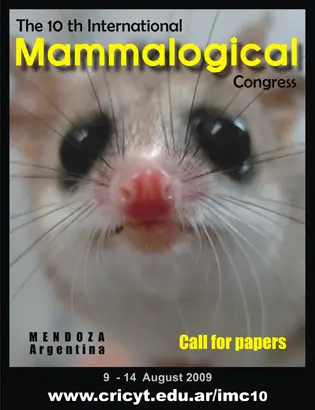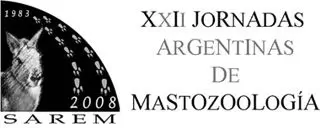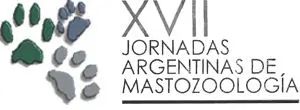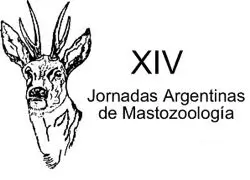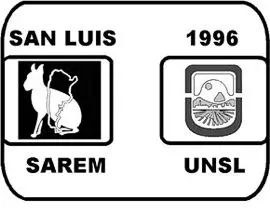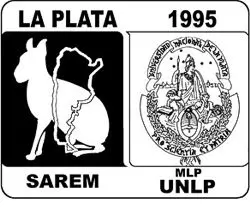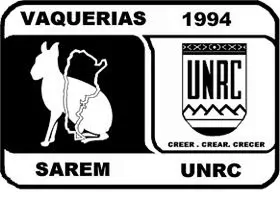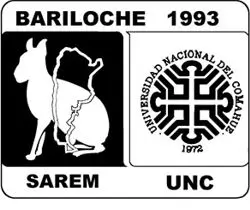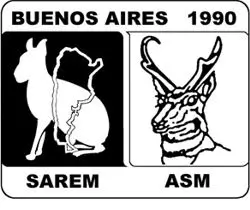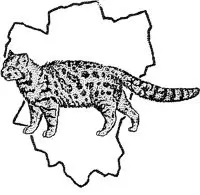
Comparative anatomy of the brain in sigmodontine rodents (Cricetidae: Sigmodontinae): Preliminary insights into morphological diversity

Comparative anatomy of the brain in sigmodontine rodents (Cricetidae: Sigmodontinae): Preliminary insights into morphological diversity
- Tipo de actividad: Oral
- Palabras clave: encephalization quotient; locomotion; sigmodontine rodents
- Autoría: Vargas R, Brito, Pardiñas UFj
- Afiliación: GEMA, IDEAus -CONICET | Instituto Nacional de Biodiversidad de Ecuador
- Email: rocio_vargas93@hotmail.com
Sigmodontine rodents represent the most successful radiation within the Cricetidae in terms of taxonomic richness, encompassing a wide array of locomotor modes and dietary strategies. This ecological diversity makes them an excellent model for investigating patterns of brain morphofunctional evolution potentially linked to locomotion and diet. However, comparative studies on brain anatomy in these rodents remain virtually absent. Here, we examine the external morphology of the telencephalic hemispheres and cerebellum in representatives of various sigmodontine tribes, using both virtual endocasts and formalin-fixed specimens. The materials analyzed are housed in the collections of CENPAT (Argentina), INABIO (Ecuador), and the American Museum of Natural History (AMNH, USA). For each specimen, we describe key brain structures—including the telencephalic hemispheres and cerebellum—and calculate the encephalization quotient (EQ) to assess relative brain size in relation to body mass. Our results reveal morphological variation that may reflect ecological adaptations. Arboreal and semiaquatic species exhibit a proportionally enlarged cerebellum, while relatively larger olfactory bulbs are observed in both cursorial and arboreal forms. Holochilus, possibly the only amphibious sigmodontine inhabiting lentic environments, stands out with highly developed olfactory bulbs, diverging from the general trend. In terms of EQ, certain omnivorous and insectivorous species display elevated values; however, Lundomys, also classified as omnivorous, presents a notably low EQ. These preliminary findings suggest potential associations between brain morphology, ecological lifestyle, and evolutionary trajectories. They provide a foundational framework for future large-scale comparative studies aimed at elucidating the neuroanatomical correlates of ecological and behavioral diversity in sigmodontine rodents.















